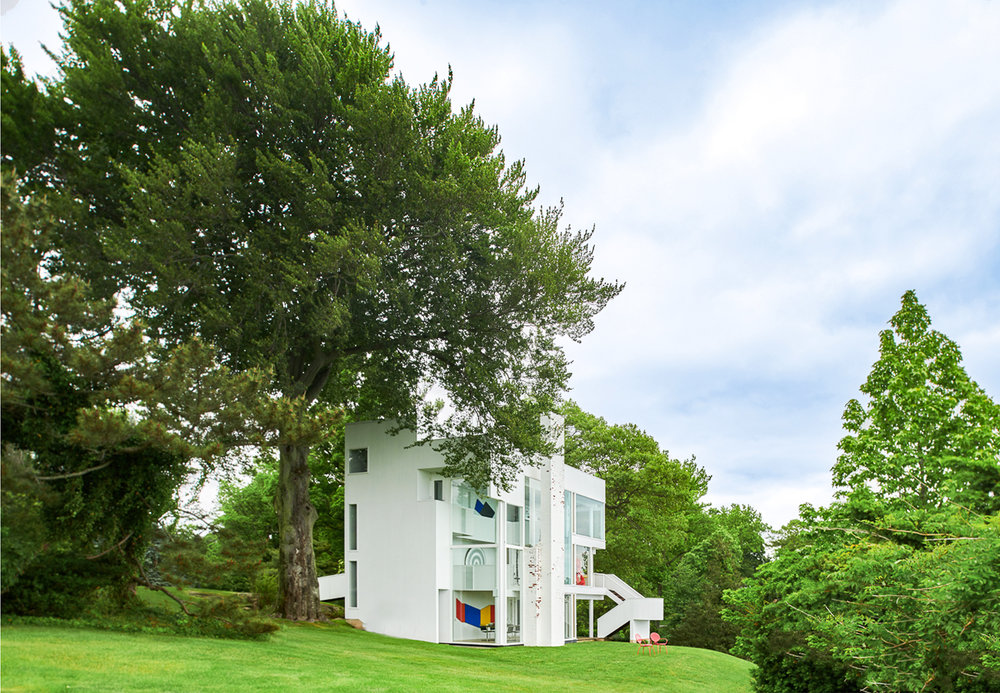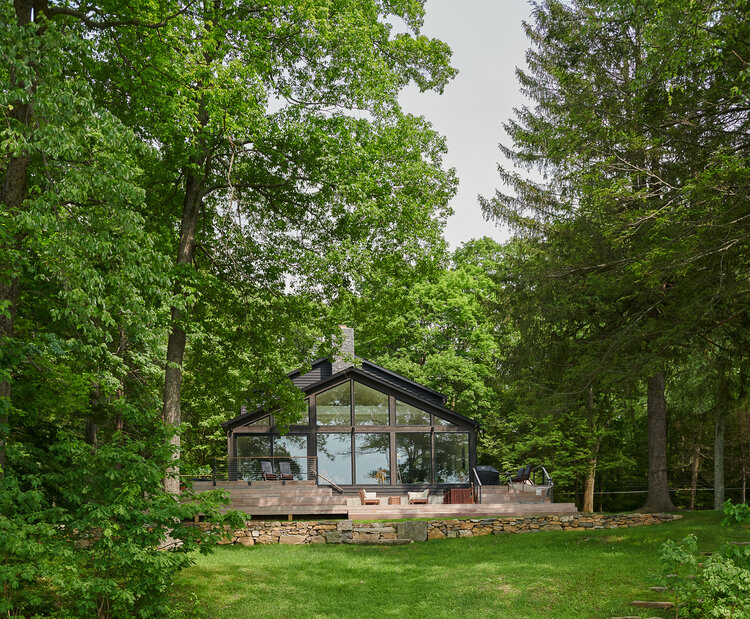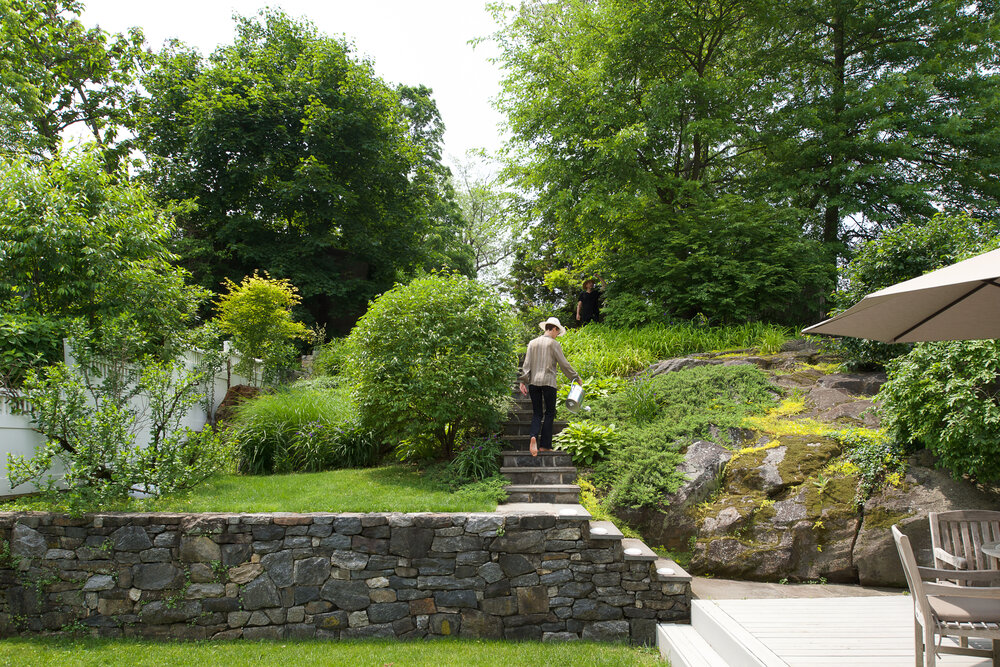Artificial grass requires very little maintenance when your yard is properly prepared beforehand. When these steps are missed, weeds will grow through and bumps will make it hard to place any furniture.
If you don’t have enough time to do the groundwork yourself, you can easily hire a company to do it. Either way, the following steps will help you feel less overwhelmed, and ensure that your grass will look pristine.

Gather the Right Equipment for Your Yard
Before starting any project, it’s important to do some basic research to help you plan the process. When preparing your garden for artificial grass, you should research what equipment you’ll need and find out where you can purchase or hire them. The equipment you’ll need might surprise you. Here are some examples:
- Excavator
- Bulldozer
- Mini excavator
- Roller
- Dump trucks
When you’re using any equipment, it’s vital that you maintain it properly and regularly. Without this, there’s a higher chance that it won’t work, which can result in it being dangerous to use. You can check the following yourself:
- The Appearance of the Equipment: Inspect if the exterior of your equipment is still good. Elements such as tires, steering wheel, and rubber tracks. Maintain your equipment properly and regularly with high-quality new parts will make you use them here and there without causing danger.
- The Functionality of Every Part. Is the engine working smoothly? Is the steering accurate? When parts don’t function properly it can lead to serious issues and injuries. Check them carefully if they are functioning well.
- The Fluid Levels of the Coolant, Oil, and Fuel. You don’t want your machinery to run out of oil or fuel when you’re in the middle of using it. Keep in mind that consistent low fluid levels could mean there’s a leak.

Remove Existing Lawn
A crucial step before installing artificial grass is to remove any existing lawn. People often forget this step or don’t understand how important it is. Getting rid of grasses, weeds, and other things that you find growing in the area will help your lawn be as smooth and pristine as possible. A few ways you can do this is by:
- Digging as far down as you can and removing anything you come across. Depending on the size of your lawn, this may take you a full day or just an afternoon.
- Using a liquid weed killer on weeds and smaller grassy areas will lessen manual labor. Remember that this method will take longer to work.
It’s helpful to clear the area of any furniture or rocks in the process. This will leave you with an empty yard.
Level Out Your Yard
A smooth and level yard will make the grass look a lot better. Leveling the lawn at the beginning will help you avoid the difficulties of a bumpy lawn in the future. Try using a machine, such as a mini excavator, to make the process easier. Remember that changing engine oil before using the equipment will help you get the job done more efficiently. Eliminating any lumps or bumps will also allow the grass to settle more easily and help with drainage.
If you’re unsure how to change the oil, here is an example.

Add a Subbase Before Laying the Grass
Now that your canvas is clear and flat, it’s time to layer a subbase to prime the area. Try using a thin layer, about 25mm of crushed granite stone as a base. Placing a geotextile fabric on the top will prevent weeds from growing through and disrupting your lawn. Even though you removed the weeds earlier, there’s always a chance they’ll grow back.
If you’re worried about how the grass will feel under your feet, you can use either sand or a shock-absorbing layer. This will make it spongier and softer for you to walk on. Keep in mind that you need to apply the subbase evenly and everywhere the artificial turf will be placed. Your yard is now ready for your new artificial grass.
Summing Up
It’s easy to prepare your yard for artificial grass when you know what to do. Take time to research what equipment you’ll need and how to care for it. Removing an existing lawn and leveling the area will help the new grass settle easily and keep it from being bumpy. Remember that using the right subbase can make a world of difference in how the grass feels and functions. Thanks to fortishd.com for consulting.
























